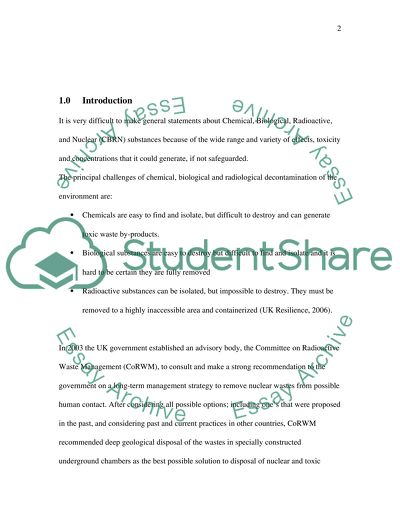Cite this document
(“Main Aspects Of Radioactive Waste Disposal Case Study”, n.d.)
Main Aspects Of Radioactive Waste Disposal Case Study. Retrieved from https://studentshare.org/environmental-studies/1516984-risk-management-essay
Main Aspects Of Radioactive Waste Disposal Case Study. Retrieved from https://studentshare.org/environmental-studies/1516984-risk-management-essay
(Main Aspects Of Radioactive Waste Disposal Case Study)
Main Aspects Of Radioactive Waste Disposal Case Study. https://studentshare.org/environmental-studies/1516984-risk-management-essay.
Main Aspects Of Radioactive Waste Disposal Case Study. https://studentshare.org/environmental-studies/1516984-risk-management-essay.
“Main Aspects Of Radioactive Waste Disposal Case Study”, n.d. https://studentshare.org/environmental-studies/1516984-risk-management-essay.


